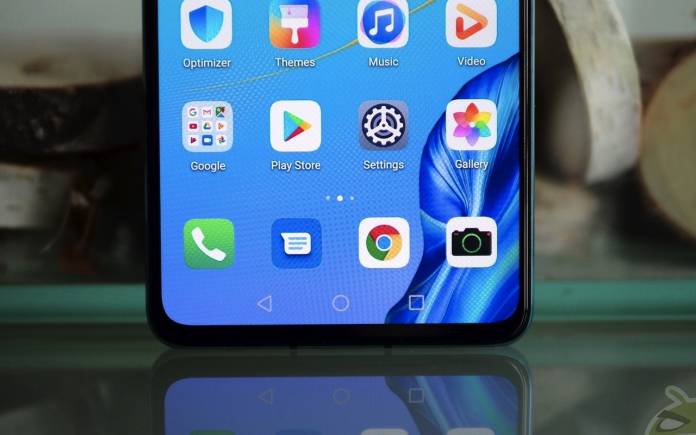
Nothing has changed on the issue of the US trade ban against Huawei. In a few months, it will be one year since the Trump government has officially added the top Chinese mobile OEM on its Entity List. Being on such a list means American companies and firms cannot work with Huawei. Business with Huawei is prohibited unless a license or special permission is given. The first company to announce that it’s cutting off some business with Huawei was Google.
That particular move prompted other companies to follow and announce their decision like Qualcomm, Intel, and Broadcom. Google made sure though services would still be available on existing Huawei phones. Interestingly, the US temporarily eased limits.
We were certain Huawei’s future would be affected. Huawei said it was a victim of US bullying. More decisions have been made but the main point was to prohibit Google to stop working with Huawei. That meant no more Android OS for future Huawei phones. More Google apps like Gmail, YouTube, Play Store, and Maps won’t be available for pre-load or download.
The US government was only concerned about the security of the consumers. It’s preventing Huawei to get in because it’s sending out information to a third-party. Huawei denied the allegations but it is moving on.
Google still works with Huawei to comply with the regulations of the government. App updates and security updates for devices released before May 16, 2019 can still receive the said updates. More questions have yet to be answered by Google and Huawei.
Google set some conditions with Huawei. Only those Play Protect certified devices could get Google’s core apps, Google Play Protect, and Google Play Store. Devices must be Play Protect-certified–meaning they passed a compatibility testing process and the security review.
The tech giant has always been committed to safety, security, and privacy so it’s limiting the functions and features and even content to bring. Sideloading is not recommended because user security can be compromised.









